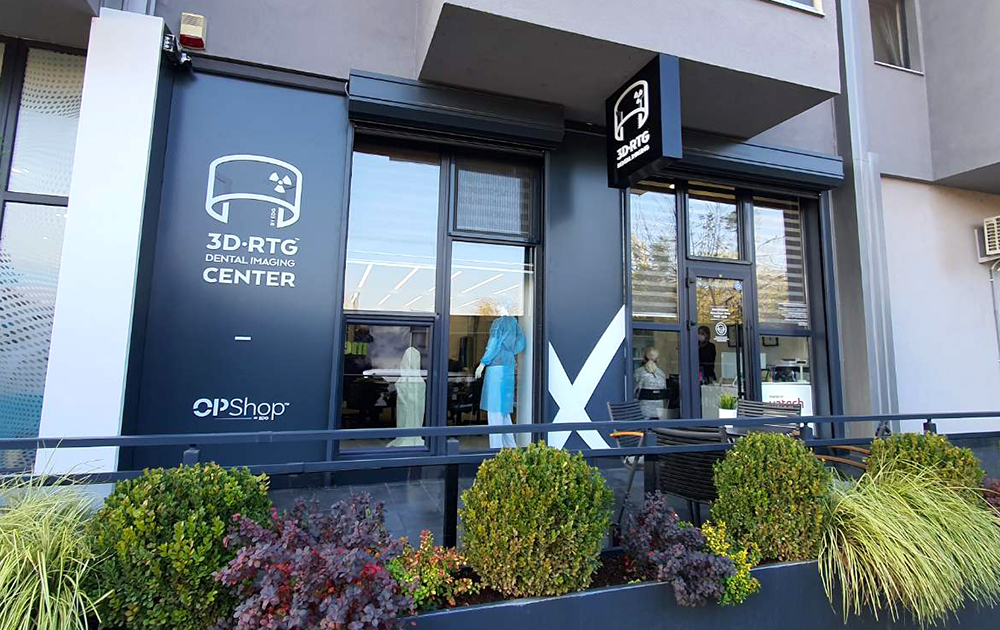Ledgers also provide the ability to enter financial transactions so that they may be posted up into various accounts. Sub-ledgers (subsidiary ledgers) within each account provide additional information to support the journal entries in the general ledger. Sub-ledgers are great for accounts that require more details to review the activity, such as purchases or sales. Debit shows an increase in assets or the money your business receives. Credit shows an increase in liabilities or the money your business has to pay.
Is there any other context you can provide?
Some disadvantages of a general ledger include the cost and amount of time it takes to set up. Additionally, if you make errors in updating or recording transactions, the GL account balances will be incorrect. The best way to know if your general ledger is correct is to reconcile all entries then generate a trial balance to verify the completeness and ensure that debit balances equal credit balances. You can then investigate discrepancies and make corrections if necessary. In double-entry bookkeeping, each transaction will affect at least 2 accounts. Subsidiary ledgers include selective accounts unlike the all-encompassing general ledger.
Accounting ledger FAQ
The accounts kept in the ledger are sometimes termed ledger accounts. Any increase in capital is also recorded on the credit side, and any decrease is recorded on the debit side of the respective capital account. All entries recorded in the general journal must be transferred to ledger accounts. One key difference between a journal and a ledger is that the ledger is where double-entry bookkeeping takes place. That’s why there are two sides to a ledger, one for debits and one for credits. Using a ledger, you can maintain an accurate record of your business’s financial transactions, generate financial reports, and monitor business results.
The process of transferring information from the general journal to the general ledger, for the purpose of summarizing, is known as posting. Also known as the general ledger, the ledger is a book in which all accounts relating to a business enterprise qboa sign in are kept. For information pertaining to the registration status of 11 Financial, please contact the state securities regulators for those states in which 11 Financial maintains a registration filing.
What Is an Accounting Ledger?
Most businesses use accounting software that posts all financial transactions directly to the general ledger. However, if you want to create your own general ledger, you’ll first need to understand the basics of double-entry bookkeeping. A ledger is a book or digital record containing bookkeeping entries. The process of transferring entries from a journal to the ledger accounts is called ledger posting. A ledger is integral to business accounting and helps you keep track of business finances. If you own a business, it’s important to understand the basics of maintaining accounts for business transactions.
- This team of experts helps Finance Strategists maintain the highest level of accuracy and professionalism possible.
- By this same analogy, a ledger could be considered a folder that contains all of the notebooks or accounts in the chart of accounts.
- It’s available to download in Google Docs, Google Sheets, XLS, DOC, and PDF, making it easier to see your business finances at a glance.
- It’s like the book where all the business’s money stories are written down.
QuickBooks Support
Sometimes subsidiary ledgers are used as an intermediate step before posting journals to the general ledger. The income statement will also account for other expenses, such as selling, general and administrative expenses, depreciation, interest, and income taxes. The difference between these inflows and outflows is the company’s net income for the reporting period. The income statement follows its own formula, which works as follows. When a company receives payment from a client for the sale of a product, the cash received is tabulated in net sales along with the receipts from other sales and returns. The cost of sales is subtracted from that sum to yield the gross profit for that reporting period.
Being super careful and accurate when you make an accounting entry in the ledger is very important. Mistakes can make the money story confusing and lead to wrong decisions. Keeping the ledger accurate is like making sure the book of your business tells the true story, including accurately capturing depreciation and preparing financial statements. It includes all the business transactions sorted into different accounts, like sales or supplies. Each account shows the total of money coming in and going out, helping to see where the business stands financially.
In a sense, a ledger is a record or summary of the account records. Consider the following example where a company receives a $1,000 payment from a client for its services. The accountant would then increase the asset column by $1,000 and subtract $1,000 from accounts receivable. The equation remains in balance, as the equivalent increase and decrease affect one side—the asset side—of the accounting equation. The ledger is a book in which all accounts relating to a the accounting for job order costing business enterprise are kept. In other words, it is the collection of all accounts of a business enterprise.
The general ledger also helps you compile a trial balance, spot unusual transactions, and create financial statements. A general ledger is the main type of ledger that is usually used by companies. It is a comprehensive record of all the ledger accounts of a business.
Accounts are usually listed in the general ledger with their account numbers and transaction information. Here is what an general ledger template looks like in debit and credit format. An entry will also be made for an equal amount on the credit side of the cash in hand account because this asset is decreased in so far as the business is concerned.


